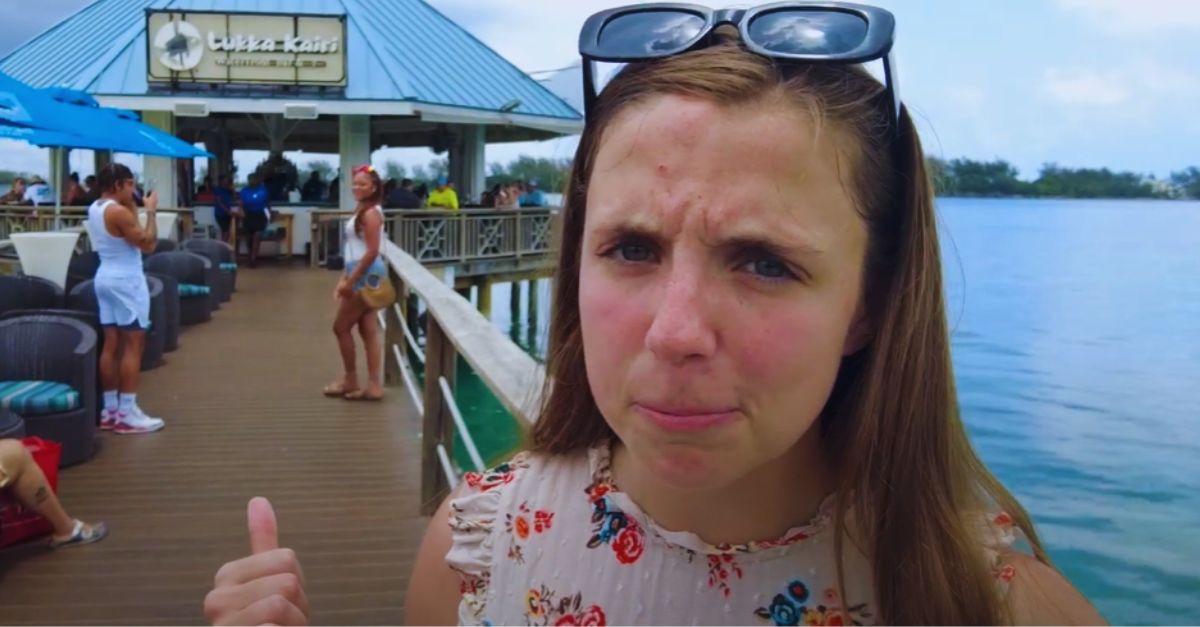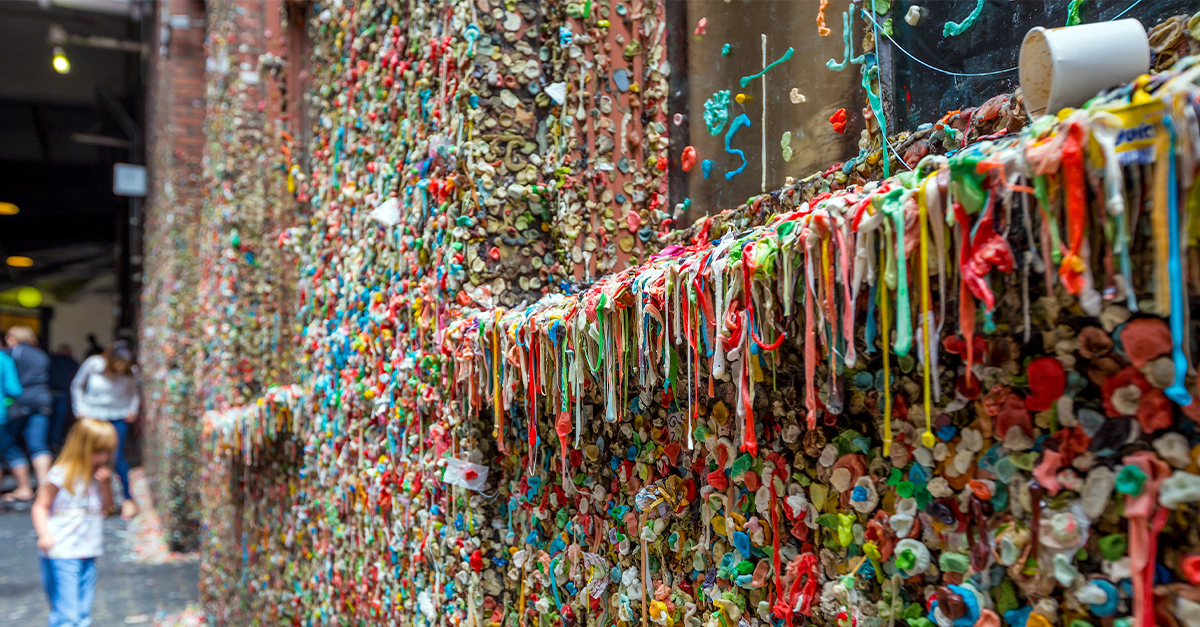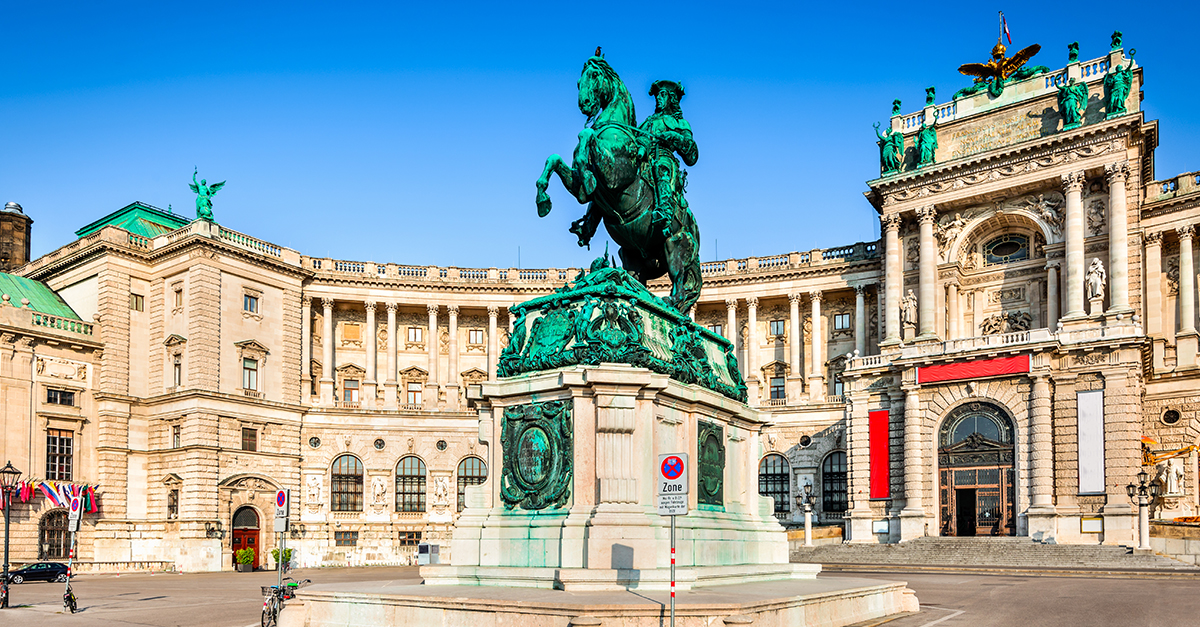A Window Into Caribbean Waters
In the Caribbean, certain Islands don’t hide what’s under the surface. You’ll spot sand patterns and coral from the moment you step into the water here.

Grand Cayman
Stingray City, just off Grand Cayman’s coast, is famous for letting you stand in shallow water as stingrays glide around. On the island’s west side, Cemetery Beach and Governor’s Creek offer kayak views of coral reefs. Then, take a day out to visit the Seven Mile Beach, and thank us later.
 Grand Cayman: Seven Mile Beach & Cruise Port Tour by Dockside Travel
Grand Cayman: Seven Mile Beach & Cruise Port Tour by Dockside Travel
Barbados
In Barbados’s Carlisle Bay, near Bridgetown, shipwrecks like the Berwyn and Cornwallis rest beneath calm, clear waters. With no rivers clouding the sea and offshore reefs easing wave action, the bay remains bright enough for you to hop on sunset cruises and discover underwater treasures.
 Patdoy at en.wikipedia, Wikimedia Commons
Patdoy at en.wikipedia, Wikimedia Commons
Antigua
Ffryes and Darkwood Beach, located on Antigua’s west coast, are known for their clear water, partly due to low runoff and naturally sheltered bays. The area also sees less seaweed, and just offshore, Cades Reef has exciting snorkeling opportunities that can be reached by a short boat ride.
 ANTIGUA - DARKWOOD BEACH-Best Beaches Series by Your Travel Moves
ANTIGUA - DARKWOOD BEACH-Best Beaches Series by Your Travel Moves
Turks & Caicos
Turks & Caicos has super clear water because no rivers carry muddy runoff into the sea. Coral reefs help sea life grow, and the barrier reef near Grace Bay softens strong waves. Fish swim near Bight Reef, but for coral views, snorkeling works best.
Anguilla
Flat terrain works wonders in Anguilla. No hills means no runoff, and no cruise port means less marine disruption. At Shoal Bay East, on the island’s north shore, paddleboarders drift over coral gardens. From the surface, parrotfish and sea fans create a colorful, living postcard underfoot.
 Shoal Bay Beach Anguilla – Is This the Best Beach in the Caribbean? by Forever Aesthetic
Shoal Bay Beach Anguilla – Is This the Best Beach in the Caribbean? by Forever Aesthetic
Bahamas
In Staniel Cay, swimmers explore Thunderball Grotto’s underwater caves, known for their remarkable clarity. Nearby, Exuma Cays Land and Sea Park protects its coral by banning fishing. When the tide drops, mirror-like sandbars appear, and at Pig Beach, the clear water reveals pigs swimming beneath boat decks.
 Oscar Flowers, Wikimedia Commons
Oscar Flowers, Wikimedia Commons
Aruba
Aruba shines because of its dry, desert-like weather, which keeps sediment out of the sea. Steady winds and barely any rain help Eagle and Baby Beaches sparkle year-round. Sea turtles usually glide past, and the Antilla shipwreck can be seen without diving too deep.
British Virgin Islands
Sparkling pools form between smooth granite boulders to offer calm places to swim. Anegada, a flat coral island in the British Virgin Islands, hides shallow reefs that reflect sunlight beautifully. Snorkelers near sea caves often enjoy crystal views reaching up to 40 feet below.
 ScubaBear68, Wikimedia Commons
ScubaBear68, Wikimedia Commons
St Lucia
Two tall volcanic peaks, the Pitons, rise above coral reefs shaped by ancient lava flows, which makes them visible from shore. Anse Chastanet, a beach on St Lucia’s southwest coast, pairs dark sand with bright water, and Soufriere Bay benefits from eco-tourism projects that protect marine life.
 Martin Tuchscherer, Wikimedia Commons
Martin Tuchscherer, Wikimedia Commons
Dominica
At Champagne Reef in Dominica, tiny bubbles rise through crystal-clear water to create a scene that feels almost magical and draws curious snorkelers and divers from around the world. Since tourism is low-impact, pollution stays low. Plus, protected zones like Soufriere-Scott’s Head keep waters bright and full of life.
 Champagne Reef in Dominica - Celebrity Summit 2019 [Ep. 26] by Lucilla Sailing Odyssey
Champagne Reef in Dominica - Celebrity Summit 2019 [Ep. 26] by Lucilla Sailing Odyssey
Martinique
In Martinique, nature and law work side by side. French rules keep beaches like Les Salines untouched by buildings, and reefs near Anse Dufour remain bright thanks to dry skies. With few rivers and calm water, photographers love the visibility.
 Patrice78500, Wikimedia Commons
Patrice78500, Wikimedia Commons
Curacao
Curacao's reefs stay clear as its dry weather and careful marine planning go hand in hand. Coral shelves near Playa Kalki can be seen right from the surface, and the underwater statues were placed to help coral grow and remain easy for swimmers to view.
 Laika ac from USA, Wikimedia Commons
Laika ac from USA, Wikimedia Commons
St Vincent & The Grenadines
The Tobago Cays Marine Park, part of St Vincent & the Grenadines, bans fishing and anchoring, which keeps the water calm and clear. Sea turtles swim near boats in the shallows, while a low population helps coral near Mayreau and Union Island, located in the Grenadines chain, stay visible.
 Igbgrant at English Wikipedia, Wikimedia Commons
Igbgrant at English Wikipedia, Wikimedia Commons
Culebra
Flamenco Beach, located on Culebra Island off Puerto Rico’s east coast, hides old military tanks beneath clear waves, which you absolutely cannot miss. Rainwater filters naturally before reaching the sea, so coral reefs can be spotted from above the water on Tamarindo Beach.
 Carolyn Sugg, Wikimedia Commons
Carolyn Sugg, Wikimedia Commons
St Kitts
St Kitts has volcanic terrain with porous rock and natural vegetation that may help filter rainwater before it reaches the sea. At White House Bay, old artifacts rest just below the surface. Paddleboarders glide over coral in the shallow, clear water.
 🇰🇳 4K Travel Saint Kitts Moments | Frigate Bay | Timothy Hill | White House Bay by KittsandCaribs
🇰🇳 4K Travel Saint Kitts Moments | Frigate Bay | Timothy Hill | White House Bay by KittsandCaribs
Guadeloupe
Guadeloupe’s two main islands, Grande-Terre and Basse-Terre, work together to keep the coastline healthy. Mangrove lagoons naturally filter sediment. Moreover, La Datcha Beach in Le Gosier on Grande-Terre is a popular spot. From trails at Pointe des Chateaux or Anse Bertrand, visitors can enjoy distant reef views.
St Thomas
Beaches like Smith Bay Park and Sapphire Bay are admired for clear waters that are shaped by natural geography and active management. Calm eastern waves reveal reefs, and the Virgin Islands Department of Planning and Natural Resources monitors conditions by issuing bacterial advisories every week.
St John
More than half the island is part of a national park that protects nature and limits water pollution. Trunk Bay features a reef trail visible from above. Coral at Cinnamon Bay also thrives, as there's barely any big development to stir up the sea.
 Fred Hsu (Wikipedia:User:Fred Hsu on en.wikipedia), Wikimedia Commons
Fred Hsu (Wikipedia:User:Fred Hsu on en.wikipedia), Wikimedia Commons
Grenada
Who says underwater art and ocean care can’t be done together? In Grenada’s Molinere Bay, snorkelers explore sculpture gardens resting just beneath the waves. At Grand Anse Beach, coral reefs protect the shore, all while offering a booming habitat for marine life.
Cuba
The coast of Cuba can appear naturally clear in places because there’s little industry and not much ship traffic. At Varadero and remote spots like Cayo Coco, visibility can reach 20 meters! Even the reefs at Jardines del Rey shine through—but this is not universal across the island.
 Antonio Careses, Wikimedia Commons
Antonio Careses, Wikimedia Commons
Bonaire
Bonaire, part of the Dutch Caribbean, is known worldwide for shore diving as the water is incredibly clear. Since there are no rivers or factories that send waste into the sea, reefs remain healthy. Conservation laws and no-take zones also protect marine life, visible just steps from the beach.
Isla Mujeres
Just off Cancun's coast, Isla Mujeres enjoys calm Caribbean waters with very few nutrients, which helps keep them clear. Since the island's west side blocks strong currents and cenotes filter underground water through limestone, the island's coral and shallow reefs remain easy to see.
Saba
Coral walls inside the Saba Marine Park remain untouched thanks to strict conservation laws. Since the island drops off steeply underwater, strong ocean currents flow through to keep things crystal clear. Saba's lack of beaches also means that hardly any sediment ever reaches the surrounding sea.
 The Ultimate Saba Travel Guide 2025 by Easy Travel Dude
The Ultimate Saba Travel Guide 2025 by Easy Travel Dude
Sint Maarten
This island may be half Dutch and half French, but both sides strive to keep its water clean and clear. Grand Case, a village on the French side known for its beach and dining, benefits from reef protection, and with minimal river runoff, coral stays visible from shorelines and beachfront restaurants.
St Croix
At Cane Bay in St Croix, you can stand near the shore and see “The Wall”, an underwater drop-off where the sea floor quickly disappears. The Salt River Bay’s mangroves filter sediment, and steady trade winds provide cooling breezes for a peaceful stay.
 Diving the Wall, Saint Croix, USVI by Roger Graulty
Diving the Wall, Saint Croix, USVI by Roger Graulty















